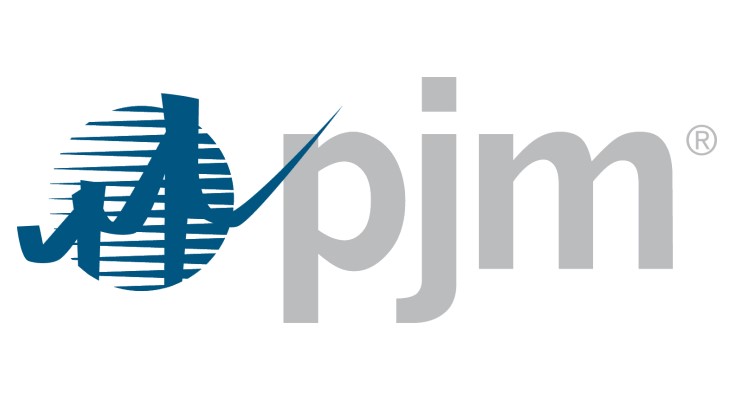
PJM Interconnection’s wholesale electric energy market has demonstrated competitive resilience in the first half of 2025, despite substantial price increases. The findings are detailed in the 2025 Quarterly State of the Market Report released by Monitoring Analytics, LLC, which serves as the independent market monitor for PJM. Covering a vast region that includes 13 states and the District of Columbia, PJM oversees the largest wholesale electricity market in the United States.
Market Dynamics Amid Rising Prices
According to Joseph Bowring, the independent market monitor, PJM’s energy market remained competitive during the first six months of the year. However, the report noted that the capacity market auction for the 2025/2026 delivery year was not competitive due to ongoing structural inefficiencies impacting pricing and customer costs.
Energy prices surged significantly compared to the first half of 2024. The real-time load-weighted average locational marginal price (LMP) increased by 63.2%, climbing from $31.70 per MWh to $51.75 per MWh. This rise was primarily driven by escalating fuel costs, which accounted for nearly 58% of the increase, alongside transmission constraints, scarcity conditions, and elevated market markups for certain marginal units. Despite these pressures, the market monitor observed that prices were largely determined by units operating near their short-run marginal costs, reflecting overall competitive behavior in energy dispatch.
Wholesale Power Costs and Structural Challenges
The total cost of wholesale power rose by 41.4%, increasing from $53.86 per MWh in the first half of 2024 to $76.15 per MWh in 2025. Energy costs comprised 64.6% of this total, followed by transmission charges at 24.7% and capacity costs at 8.4%. Transmission constraints emerged as a significant issue, with congestion costs escalating to $1.26 billion, an increase of 80.3% from the previous year. Only 55.8% of these congestion costs paid by customers were returned through allocated revenues, which diminished the value consumers received from the financial transmission rights (FTR) mechanism.
The report identifies ongoing flaws in the FTR market design, stating that from the 2011/2012 planning period through 2024/2025, customers have received approximately $4.9 billion less in congestion revenues than expected under an effectively functioning system.
PJM’s generation profile continued to evolve in early 2025. Compared to the first half of 2024, coal generation rose by 18.2%, while natural gas output declined by 3.0%. Oil generation saw a significant increase of 35.6%, and renewable sources like wind and solar experienced growth of 5.6% and 49.0%, respectively. This diversification has been crucial in maintaining reliability amidst rising demand, as the real-time average hourly load increased 3.6% year-over-year, from 87,764 MWh to 90,914 MWh.
The report also highlighted notable changes in net revenues, a critical indicator for investment in new generation. Theoretical net revenues for various resource types showed significant increases: combustion turbines up 37%, combined-cycle plants up 42%, coal plants up 192%, nuclear facilities up 54%, diesel units up 688%, and renewables (wind and solar) up 67%.
Despite these gains, total uplift charges—payments designed to compensate generators when market revenues fall short—rose by 235% year-over-year, reaching $568 million. This dichotomy between rising revenues and increasing costs underscores the complexity of maintaining a competitive energy market.
While the report confirms that PJM’s energy market remains broadly competitive, it also highlights persistent structural challenges. Rising prices, increasing congestion costs, and inefficiencies in the capacity market present ongoing concerns for consumers, regulators, and policymakers. As electricity demand grows and renewable integration accelerates, PJM’s market design will continue to face scrutiny to ensure reliability and affordability in this vital power region.







